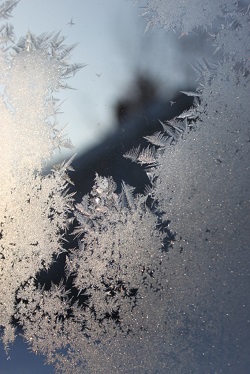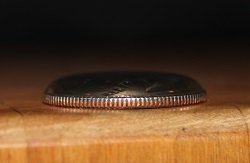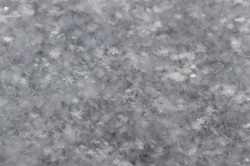70% of our planet is covered in water, but you certainly wouldn’t know it by looking around Utah in August! It’s been hot and dry for about 3 months now and my yard and garden are really starting to feel the pinch.
Water can be a touchy subject in the West, and will become increasingly so as we look to the future.
Already our water resources are overextended, and all projected forecasts show an increasing need for water in the years ahead. Continued population growth combined with higher summer temperatures and drought conditions mean that this all important resource is only going to get more precious. Utah’s municipal water comes from either underground sources such as wells and springs or surface water including our many man-made reservoirs. Utah relies heavily on mountain snowpack to fill reservoirs and recharge springs, which leaves us wanting after weak winters. Many state reservoirs are predicted to drop to as low as 30% of their storage capacity this fall.
So how much water do we actually use? The average Utah household passes 650 gallons through its pipes each day, the vast majority of which goes towards bathing, toilets, and laundry. Household water use is of course only a fraction – about 13% – of our overall state consumption. Nearly 83% of the water used in Utah goes towards crop irrigation. Agricultural use plus household and industrial water add up to an astonishing 5 billion gallons of water used in the state of Utah each and every day. Per capita, Utah ranks 2
Utah is also the second driest state in the nation, again behind Nevada, though the amount of precipitation varies widely among our deserts and mountain ranges. On average, we receive around 13 inches of water each year across the state with some areas receiving less than 10 and others upwards of 50. All of that water has to be shared among the plants, animals, and humans living in each watershed. There are, of course, lots of ways to conserve water in the home: take shorter showers, run the washing machine or dishwasher only when full, and turn off the faucet while brushing teeth. Outside, water your lawn and garden only in the late evening, overnight, or early morning hours, but check the forecast first. In order to address our widespread and long-term water issues, however, bigger solutions are needed in addition to standard household water conservation. Last year, for example, the Bill & Melinda Gates Foundation sponsored a contest to reinvent the toilet in an attempt to save water and increase sanitation for people worldwide.
Governor Gary Herbert is also asking questions about Utah’s water this summer. He has convened a handful of meetings around the state to contemplate Utah’s Water Future, and is asking for public comments and suggestions on how to address the complicated issues that will face our state with regards to water use in the coming years. The last of these public meetings are being held in Salt Lake on August 13 and in Logan on August 15 can still add your comments and ideas to the record by visiting utahswaterfuture.org. Humans are an incredibly creative and adaptable species, and it will take our best efforts to overcome this daunting challenge. The future of this great state, and all the species who call it home, depend upon it.
Find links to the Governor’s water forum as well as more information on Utah’s water resources at our website: www.wildaboututah.org.
For the Stokes Nature Center and Wild About Utah, this is Andrea Liberatore.
Credits:
Photos: Courtesy & © Andrea Liberatore
Text: Andrea Liberatore, Stokes Nature Center, logannature.org
Additional Reading:
Utah Division of Water Resources. https://www.water.utah.gov/
Utah Division of Water Resources (2010) Municipal and Industrial Water Use in Utah: Why do we
use so much water when we live in a desert? Available online at https://water.utah.gov/M&I/PDF/State/2010%20M_I%20Statewide%20SummaryCH.pdf
Governor Herbert’s forum: Utah’s Water Future: www.utahswaterfuture.org
Utah State University Water Quality Extension: https://extension.usu.edu/waterquality/
O’Donoghue, Amy Joi. (2013) Record Breaking Heat and Drought Sear Utah and the West. Desert
News, June 30, 2013. Available online at: https://www.deseretnews.com/article/865582439/Recordbreaking-heat-drought-sear-Utah-the-West.html?pg=all



